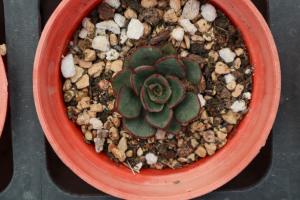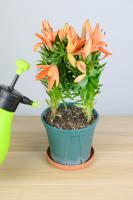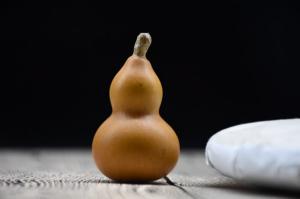Introduction
The world of flora is fascinating with a diverse range of plants that come in different colors, shapes, and sizes. Among these are pot plants that are popular among horticulturists and plant enthusiasts. When it comes to identifying a pot plant's gender, it may seem tricky, especially for new plant owners. In this article, we will discuss what a male pot plant looks like and how to differentiate it from a female one.
Male Pot Plant Anatomy
To understand what a male pot plant looks like, you need to have a basic understanding of its anatomy. The male pot plant's reproductive organs are located in the flowers or buds, which are also referred to as pollen sacs. These structures contain pollen, which is a fine powdery substance that is responsible for fertilization. The pollen sacs can typically be found at the base of the plant's branches, where the leaves join the stem. They are small and oval-shaped, and their color varies depending on the plant species; they can be either green, yellow, or brown.
Male Pot Plant Characteristics
Male pot plants have distinct characteristics that differentiate them from female ones. For example, male plants tend to grow taller and have a lankier appearance compared to female plants. They have fewer leaves, and their stems are thinner and have fewer branches. In terms of flowering, male plants produce small white or green buds that eventually develop into pollen sacs. The buds are not as dense as the ones produced by females and do not have any pistils or stigma, which are the parts of the flower responsible for receiving pollen during fertilization.
How to Identify a Male Pot Plant
To identify a male pot plant, look out for the following signs:
The absence of pistils or stigma on the flowers or buds
The presence of small, oval-shaped pollen sacs at the base of the branches
Thinner stems with fewer branches and leaves
Taller and lankier appearance
It's important to remember that there are exceptions to these rules, and some plant species may have slightly different characteristics. Therefore, it's always best to refer to the plant's anatomy and characteristics to confirm its gender.
Why Identify a Male Pot Plant?
Identifying a male pot plant is crucial for growers who do not wish to fertilize their female plants. When male plants' pollen sacs mature, they release pollen into the air, which can travel and pollinate other plants within the vicinity. This pollination process may lead to the production of less potent buds and seed development, ultimately reducing the yield. Therefore, it's essential to remove male plants from the grow room to prevent them from fertilizing the female ones.
Conclusion
In conclusion, male pot plants have distinct characteristics that differentiate them from female ones. Understanding a plant's anatomy and characteristics is essential in determining its gender accurately. By identifying male plants at an early stage, growers can remove them from the grow room, preventing fertilization of the female plants and maximize their yield. Always remember to consult a plant expert or guidebook for proper identification of a plant's gender. Happy growing!

 how many times do yo...
how many times do yo... how many planted tre...
how many planted tre... how many pine trees ...
how many pine trees ... how many pecan trees...
how many pecan trees... how many plants comp...
how many plants comp... how many plants can ...
how many plants can ... how many plants and ...
how many plants and ... how many pepper plan...
how many pepper plan...
































